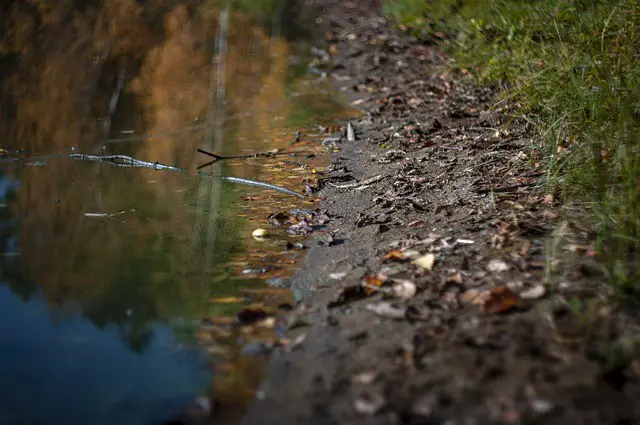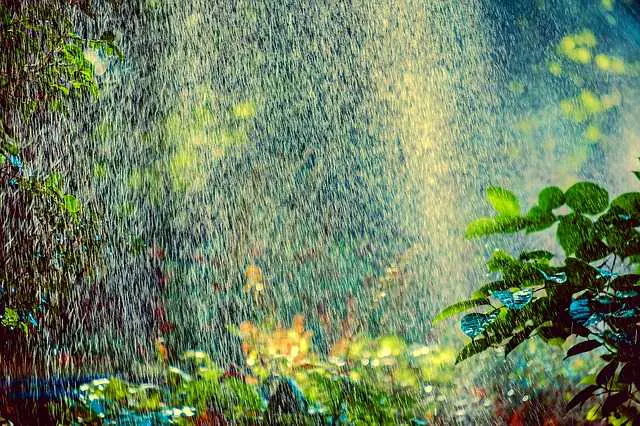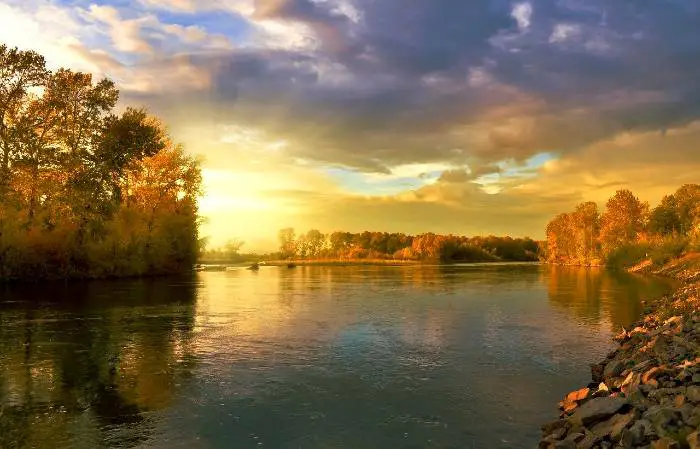What is Surface Water? - Sources, Types and Uses (explained)
Compiled by Stanley Udegbunam ||updated Nov 19, 2020
AFRILCATE
WHAT IS SURFACE WATER?
Surface water is any body of water that exists on the earth’s surface like streams, creeks, rivers, wetlands, and reservoirs.
The ocean is also considered as surface water.
Surface water is a major component of the water cycle.

Streams, Rivers and Creeks are all examples of surface water.
SOURCES OF SURFACE WATER
Precipitations like rainfall and snowmelts combined with water runoff are the major source of surface water.
Surface runoff is driven downhill by gravity to water bodies.
As the climate warms in the spring, snowmelt runs off towards nearby streams and rivers contributing to an increase in surface water level.
Surface water is lost by evaporation and seepage through the ground.
Others are used by plants and animals for survival.
A major distinction between surface water and groundwater is that:
Surface water is water above ground level while groundwater exists below ground level as their name implies respectively.
These two-water reservoirs can feed into each other.
Surface water can seep underground to become groundwater and groundwater can resurface on land to replenish surface water.
Groundwater seepage is most commonly seen in the form of springs.
By nature of its surface existence, surface water is more susceptible to microbial contamination than groundwater, and so is an important cause of waterborne illnesses like cholera.

Rainfall: A major source of surface water
TYPES OF SURFACE WATER
There are three types of surface water.
They are:
- Perennial surface water
- Ephemeral surface water
- Man-made surface water

Perennial or permanent surface water persists throughout the year i.e. it contains water at all times.
Examples are rivers, swamps, and lakes.
Ephemeral or semi-permanent refers to bodies of water that are only present at certain times of the year.
Ephemeral surface water includes small creeks, lagoons, and water holes.
Man-made surface water is found in artificial structures or infrastructure designed by humans such as lakes, dams constructed wetlands, and artificial swamps.
USES OF SURFACE WATER
Approximately 70% of Earth’s surface is covered by surface water.
Water bodies serve many critical functions for the environment and for human life.
Listed below are some of the uses of surface water.
- It is an important source of drinking water and is used for the irrigation of farmland.
In some Africa villages, surface water from rivers and streams serves up to 90% of the water needs.

Surface water is used for various domestic tasks.
- Fresh surface waters sustain ecological systems and provide habitat for many plant and animal species.
- Surface water is used for wastewater treatment and employed in industrial use.
- Used for recreational purposes like swimming and fishing.

young boys expressing happiness and having a good time at the river.
- The surface water held by dams can be used for renewable energy in the form of hydropower.
- Fresh surface waters also influence the extent and condition of other water resources, including groundwater, wetlands, and coastal systems downstream.
DO YOU KNOW?
The downward movement of water into the soil is called infiltration.
It is also part of the water cycle.
DO YOU KNOW?
The downward movement of water into the soil is called infiltration.
It is also part of the water cycle.


very useful to learn………..